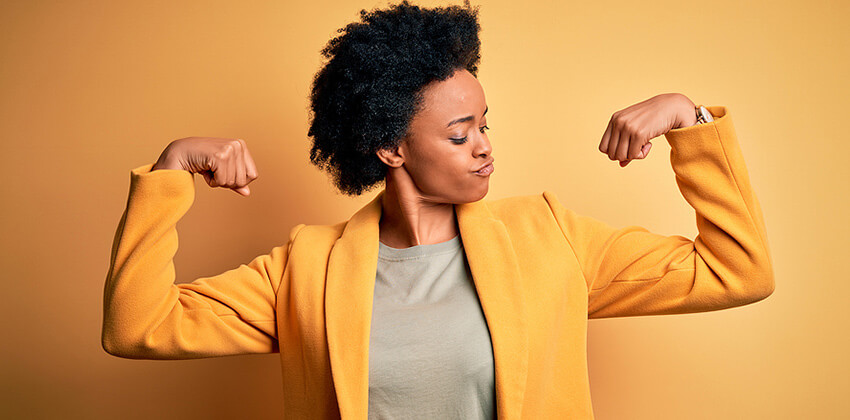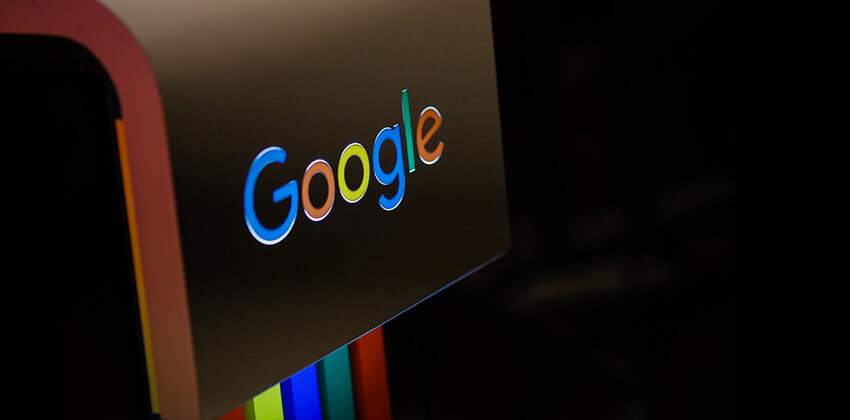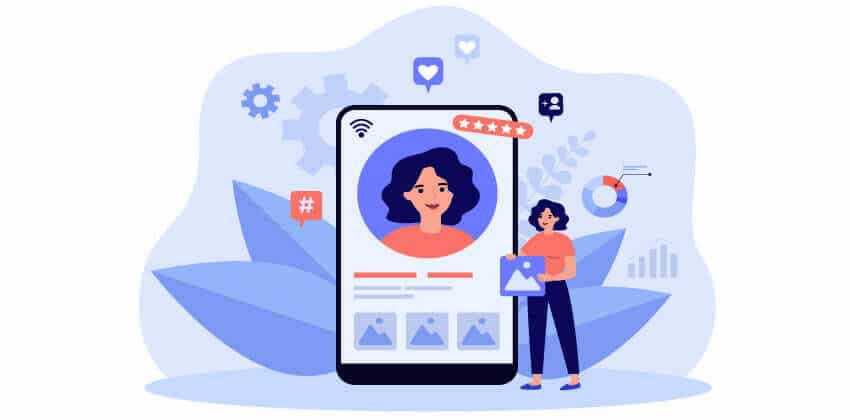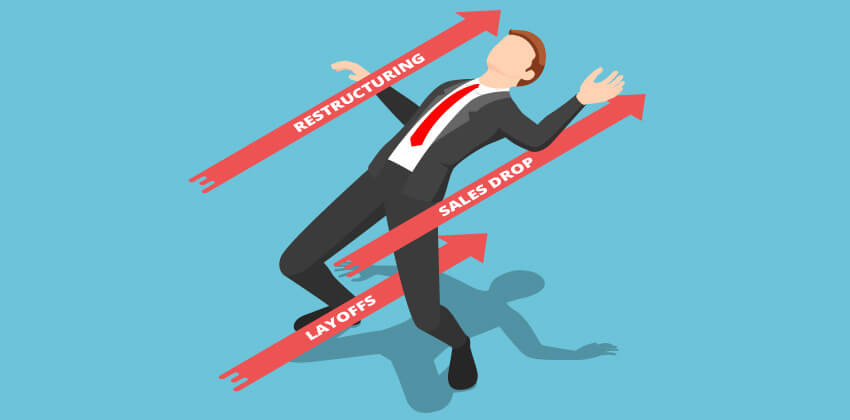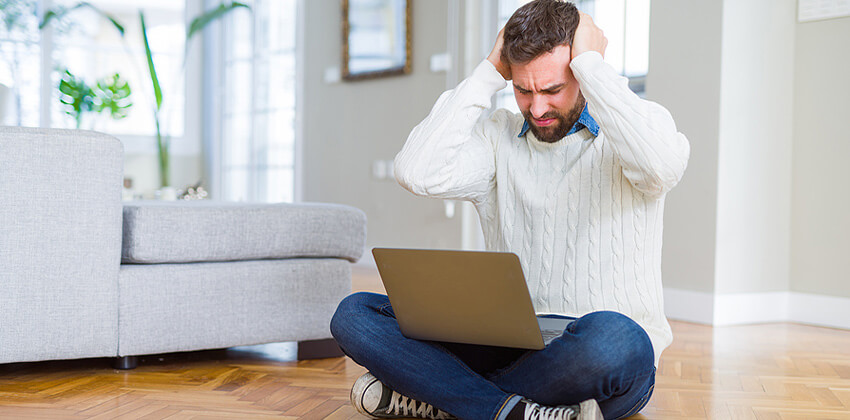
Your interview is the next step toward landing a new job. It’s your time to shine and help the interviewer see why they should hire you. And while a job is all about your skills and experience, what you wear to the interview says a lot about how seriously you do (or don’t!) take the job.
Whether it’s a video or in-person interview, your interview outfit should be comfortable and make you feel confident! While you know that doesn’t mean your favorite T-shirt and pajama pants (sorry!), figuring out what to wear to an interview can make even the most experienced job seeker sweat.
How to Dress for Your Job Interview
Picking an interview outfit is influenced by the industry you’re working in or want to work in. For example, the banking and legal industries tend to be more traditional and conservative, meaning you’ll likely need a suit and tie for the interview as well as every day at work! But if you’re applying to a daycare center, a suit and tie isn’t the best choice for running around on the playground or helping toddlers with messy painting projects.
While some industries have fairly obvious dress codes, not all do. Many companies fall somewhere in the middle—not a suit and tie but also not jeans and a T-shirt. Fortunately, there are a few things you can do to help you determine what to wear for your interview.
Start by checking the official social media accounts of the company. Look for posts from a typical day in the office. What are people wearing? If there’s no social media, try the company’s website. There may be photos that clue you in. Even stock photos can help. People in suits are just as much of a clue as photos of people in jeans and T-shirts.
Finally, you could ask what the dress code is before the interview. Though uncommon, applicants do ask, so don’t feel awkward if you’re one of them. However, being told what the dress code is may not help you decide on an outfit. Likewise, looking at pictures may help you figure out what you can wear every day, but not necessarily to the interview.
Here are some typical dress code examples, as well as some tips on how to dress for each one.
Casual or Smart Casual
A casual or smart casual dress code means that jeans are generally OK, though casual pants (like khakis) are also acceptable. However, casual usually doesn’t mean yoga pants and hoodies (unless the job is at a yoga studio).
For this workplace, you could wear jeans and a blazer to your interview. Pair it with dress shoes (not sneakers), and you’ve got yourself a casual interview-appropriate outfit. Likewise, you could wear khakis (or other pants that aren’t denim) with a button-down shirt and pullover sweater or dressy blouse.
Business Casual
Business casual is similar to casual but often considered a “step up.” Jeans are generally a no-go, as are casual T-shirts, but khakis and other dark-colored pants are acceptable.
You could wear a casual blazer with dark pants, as long as you don’t wear a T-shirt under the blazer. A suit is OK if you skip the tie, as is a skirt with a dressy top, but not a sundress.
Formal
A formal interview outfit is the dressiest of the bunch. This usually means a suit and tie for men and a pantsuit or skirt suit for women. Formal interview outfits also skip the loafers and sandals in favor of dress shoes.
Pick a Color
No matter the dress code, the industry the company is in, or your personal style, it’s generally an interview outfit “best practice” to wear one of the following colors:
- Blue
- Black
- Gray
- White
Whether you’re in-person or on camera, these colors tend to be the easiest to look at for long periods, so try to make one of them the primary color of your interview outfit. If you want to add a splash of color, you should! But limit it to your accessories (like your tie or a scarf).
Gender-Neutral Options
Most interview outfit advice is geared for one gender or the other. However, if that’s not how you identify, you can still dress in a way that makes you feel comfortable and confident without sacrificing anything about yourself.
In addition to dressing for the company’s dress code, wear an interview outfit that fits properly and isn’t too tight or too baggy. Stick with the above color suggestions and make sure your outfit is clean, neat, and a reflection of your professionalism.
What to Avoid
For all of the things to consider when choosing the right interview outfit, there are a few things to avoid too.
Don’t wait until the last minute to pick your outfit. You may discover that something is stained or needs altering, and you’ll need time to get these things taken care of. Likewise, you want to make sure everything is clean and wrinkle-free, so give yourself enough time to do the laundry and iron everything.
Also, don’t over-accessorize. Wear what you need to (like a belt) and complement your outfit without overdoing it. For example, one bracelet is fine, but six may be overdoing it! You want the interviewer to notice and remember you and your skills, not your style.
Wear It Well
When in doubt, neat, clean, and professional is the right interview outfit. Researching the company’s dress code in advance not only gives you time to create an outfit that demonstrates you’re a perfect culture fit for the company, it also helps you feel confident so you do your best in the interview.
Don't forget to share this article with friends!
